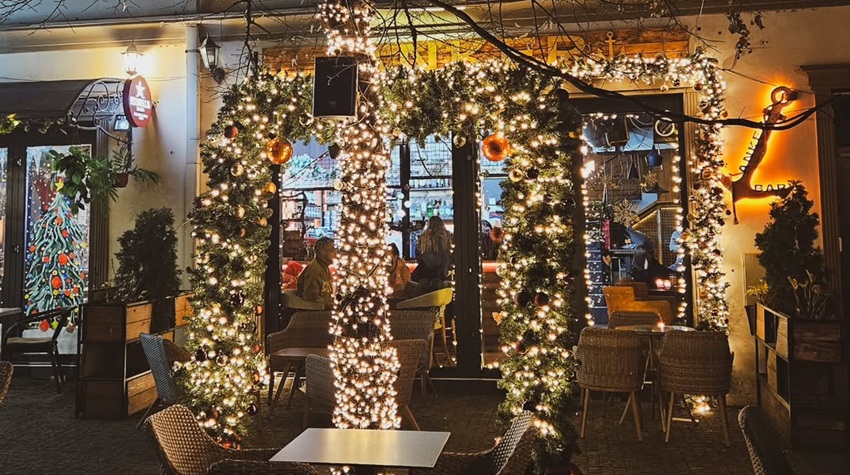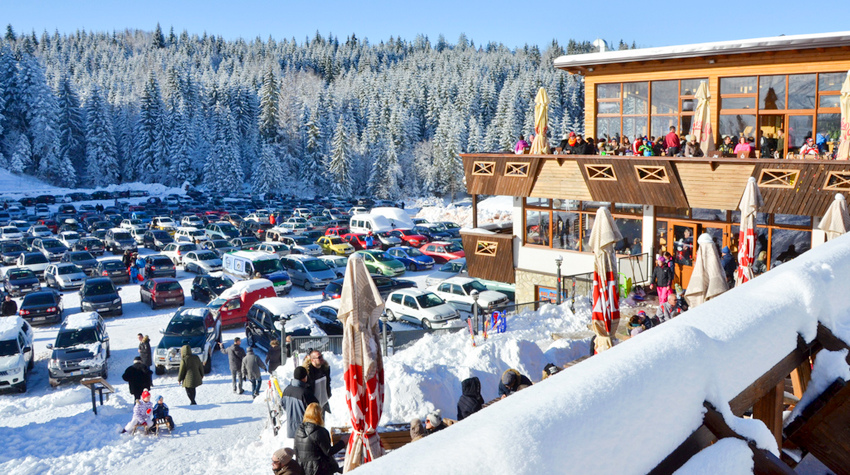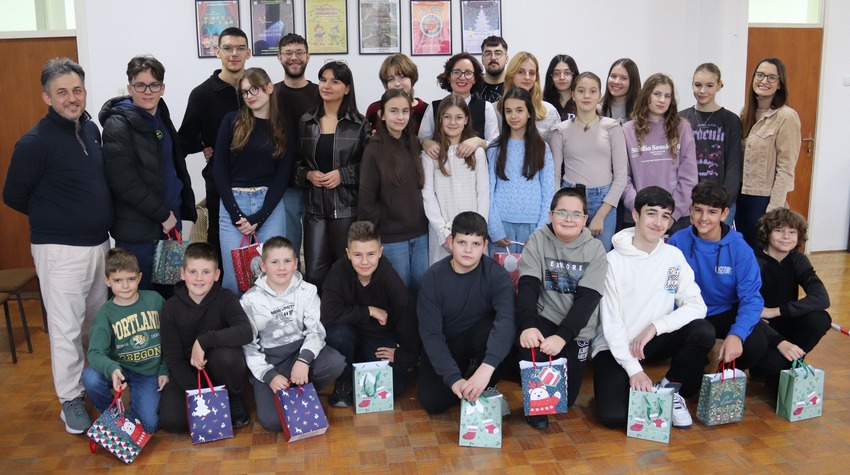TRADITIONS THAT CELEBRATE THE JOY OF CHRIST'S BIRTH
The Serbian Orthodox Church (SPC) celebrates Christmas Eve tomorrow, preparing for the most joyous Christian holiday—the Nativity of Jesus Christ.
Vigil services and the ceremonial burning of the badnjak (Yule log) in Orthodox churches announce the birth of the Savior, whose arrival is celebrated as the beginning of a new era and the most joyful event in Christianity.
On this day, the badnjak is brought into Orthodox homes, given a special meaning by the Church. Early in the morning, the eldest male in the household cuts an oak or hornbeam tree—symbolizing the badnjak—with three strokes, ensuring it falls to the east.
The badnjak represents the tree that, according to tradition, shepherds brought to Joseph and Mary to light a fire and warm the cave where Jesus was born. The log is burned on the eve of the holiday and continues to burn until Christmas Day, symbolizing the joy of Christ's birth.
The burning of the badnjak signifies a farewell to old beliefs and the acceptance of a new light brought by faith in the Newborn Christ. All traditions surrounding this day emphasize Christian unity. It is believed that people gathered around the badnjak are warmed by love and harmony, while its light dispels the darkness of ignorance and superstition.
Among Serbs, the most numerous folk customs are associated with Christmas Eve and Christmas, reflecting the event of Christ’s birth in Bethlehem. On Christmas Eve, straw is spread across the floors, transforming homes into the Bethlehem cave where the infant Jesus was born, swaddled in straw, and first worshipped by shepherds. In rural households, straw remains for three days, while in urban homes, a bundle of straw is placed alongside the badnjak.
There is also a custom of sprinkling homes with grain and other rituals imbued with Christian meaning. These acts symbolize Christ's mission to unite people and provide them with nourishment and spiritual sustenance. As written in the Gospel of Christ: "Whoever is hungry, let them come to me, and I will feed them; and whoever is thirsty, let them come to me to drink living water."
On Christmas Eve, the božićna pečenica (Christmas roast) is prepared, having been readied the previous day, known as Tucindan. Christmas Eve is a family celebration in Orthodox homes, with family members gathering around a traditional Lenten dinner, which includes fish, dried plums, walnuts, and other fasting dishes.
Christmas is always the first non-fasting day, regardless of the day of the week, and a time when the faithful, who observed the Christmas fast, partake in Holy Communion at church.
Christmas Eve and Christmas Day, celebrated on January 6th and 7th, are observed by all Orthodox churches and believers who follow the Julian calendar, including the Russian Orthodox Church, the Jerusalem Patriarchate, Mount Athos, Old Calendarists in Greece, and Coptic Christians in Egypt.














